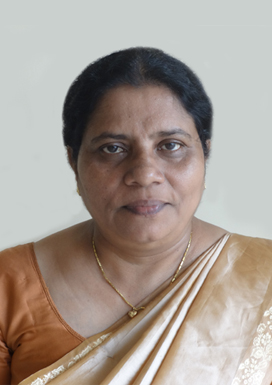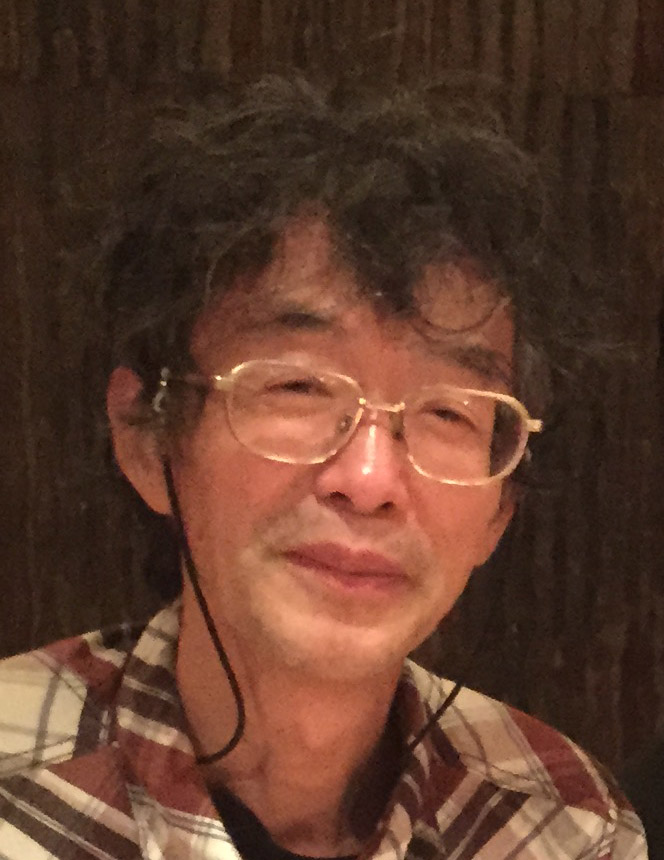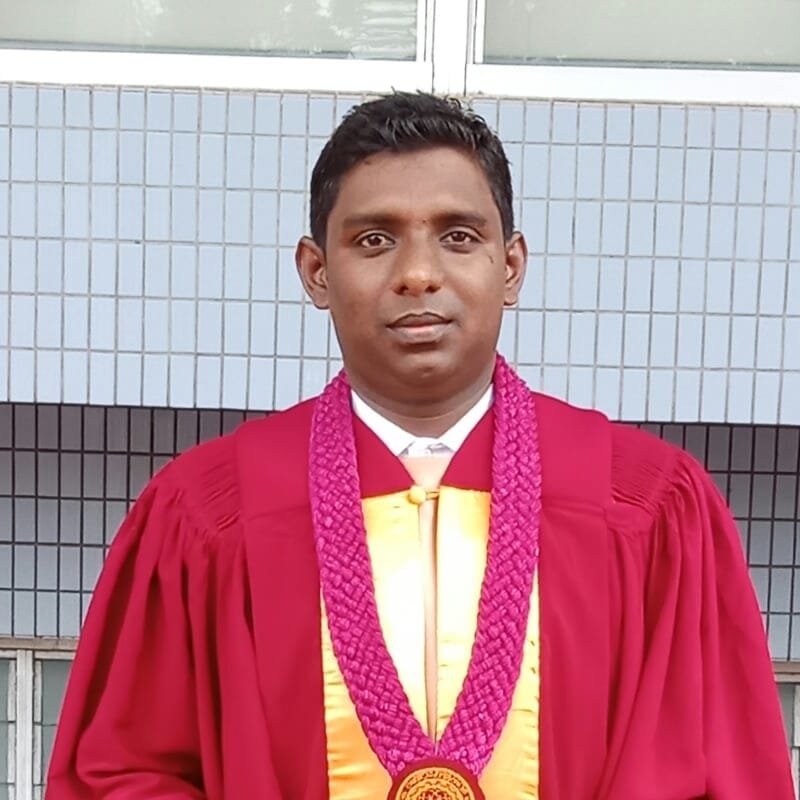Coordinator
Prof. R. K. Sriyani Dias (BSc (Zoology (Special), MSc, PhD), Sri Lanka
Prof. R. K. Sriyani Dias (BSc (Zoology (Special), MSc, PhD), Sri Lanka
 Prof. Dias has been conducting research on diversity and related aspects of ants in Sri Lanka since 1999 and published many research papers and abstracts together with her undergraduate and postgraduate students. Two postgraduate students who worked under her guidance implemented the "Ants of Sri Lanka" website (https://science.kln.ac.lk/antDB) in 2013. Her students worked on Aneuretus simoni (Sri Lankan Relict Ant) discovered the species in many habitats in Sri Lanka and studied the biology and ecology of the species also. She organized and co-ordinated the 10th International Conference of ANeT (Network for the study of Asian Ants) held at the University of Kelaniya in October, 2015. The Regional Centre for Asian Ant Research was established at the University of Kelaniya in 2016, with the assistance of former Vicechancellor. The International Training course on sampling and identification of ants held in 2016- 2019 trained 60 national and foreign participants in the field. A handbook on the sampling and identification of ants was prepared and distributed among the participants.
Prof. Dias has been conducting research on diversity and related aspects of ants in Sri Lanka since 1999 and published many research papers and abstracts together with her undergraduate and postgraduate students. Two postgraduate students who worked under her guidance implemented the "Ants of Sri Lanka" website (https://science.kln.ac.lk/antDB) in 2013. Her students worked on Aneuretus simoni (Sri Lankan Relict Ant) discovered the species in many habitats in Sri Lanka and studied the biology and ecology of the species also. She organized and co-ordinated the 10th International Conference of ANeT (Network for the study of Asian Ants) held at the University of Kelaniya in October, 2015. The Regional Centre for Asian Ant Research was established at the University of Kelaniya in 2016, with the assistance of former Vicechancellor. The International Training course on sampling and identification of ants held in 2016- 2019 trained 60 national and foreign participants in the field. A handbook on the sampling and identification of ants was prepared and distributed among the participants.Advisor
Prof. Seiki Yamane (PhD.), Japan

Emeritus Professor Seiki Yamane is a globally renowned Japanese myrmecologist who worked at Kagoshima University (Faculty of Science, Graduate School of Science and Engineering) from 1st November 1980 to 31st March 2014. Currently, he works on the global ants in his own laboratory in Japan. He published more than 250 research papers and collaborated with many ant researchers in other countries.
Temporary Research Assistant
Dr. W. Sudesh Udayakantha (PhD.), Sri Lanka

My scientific activity mainly concerns Myrmecology. During my B.Sc. and Ph.D., I worked on the taxonomy, ecology and biology of ants in Sri Lanka and I am interested in investigating life history of ant species. I am also interested in studying the ant community structure in different habitats and study of regional and global models of species density of ants (other insects also) considering ecological and biological factors as predictors and which address the questions of where insect richness is distributed and what factors have affected their current distribution.
